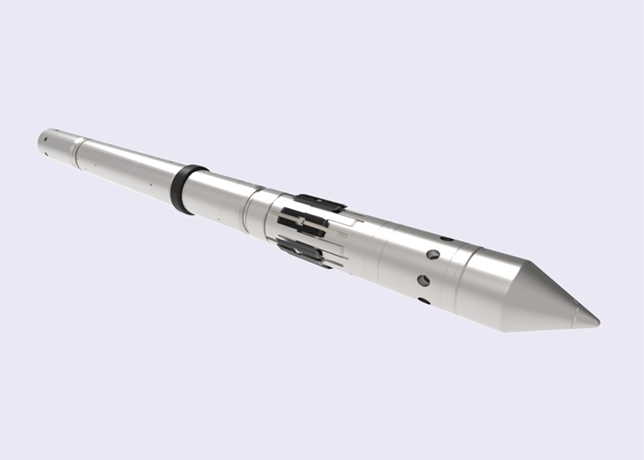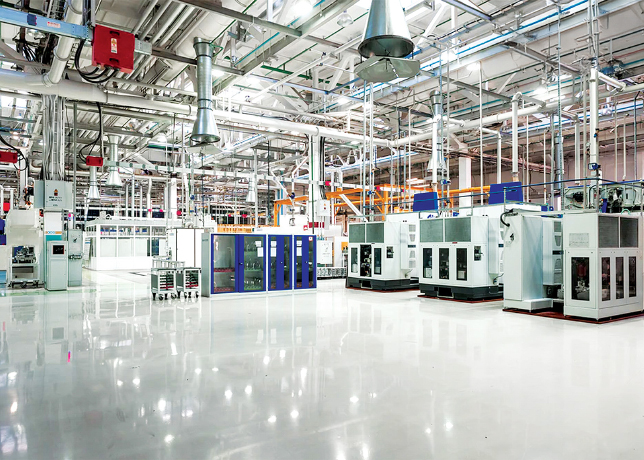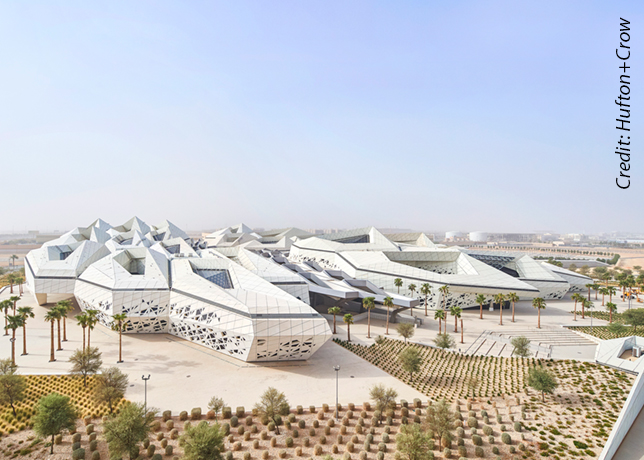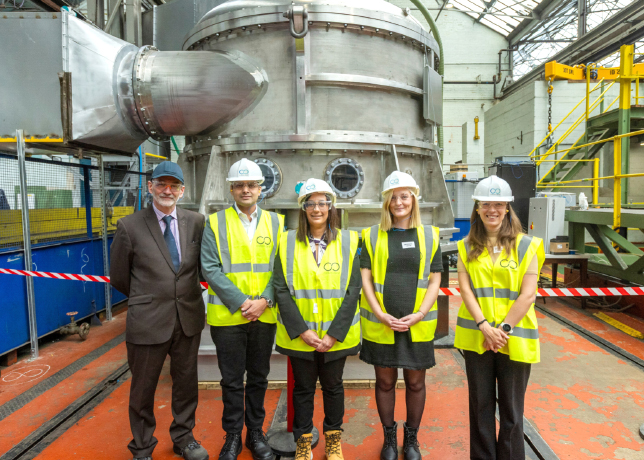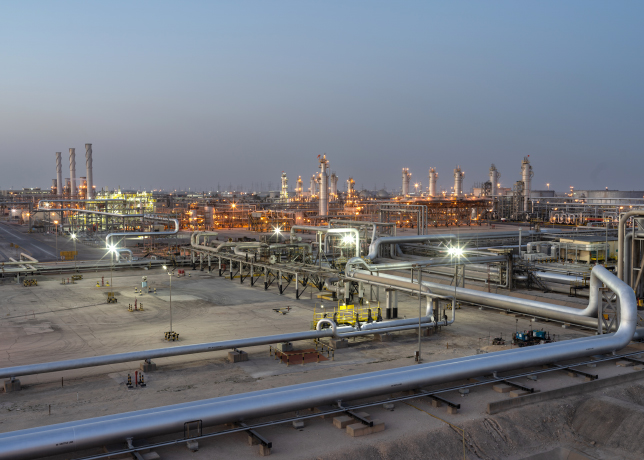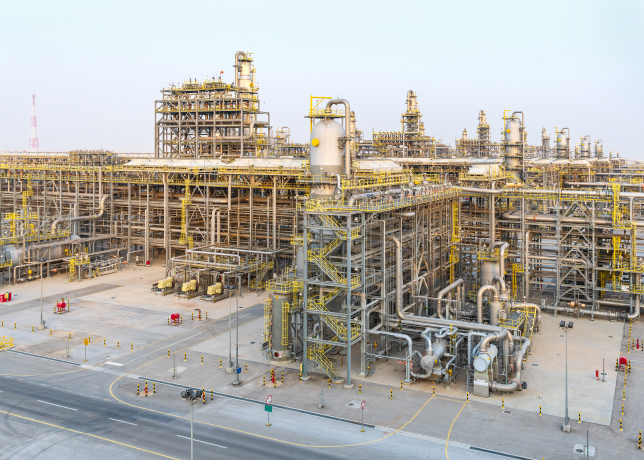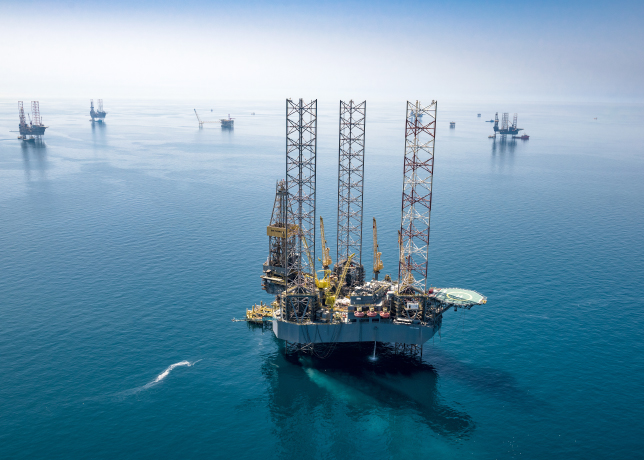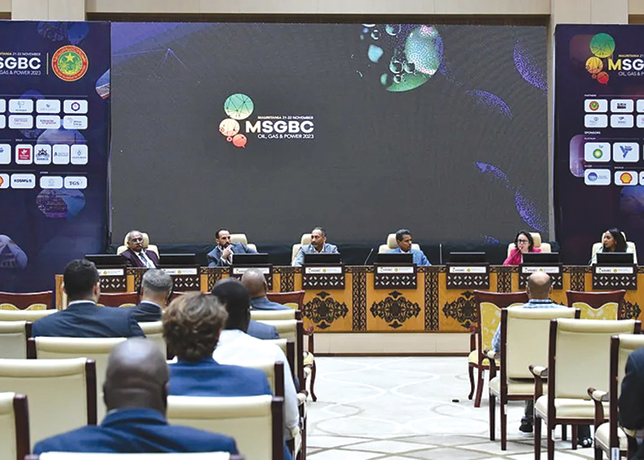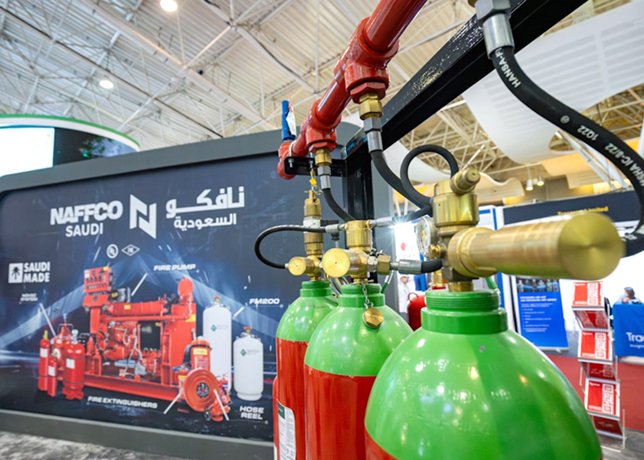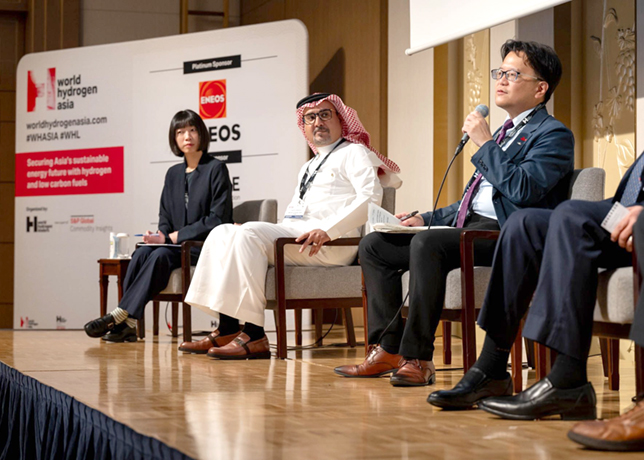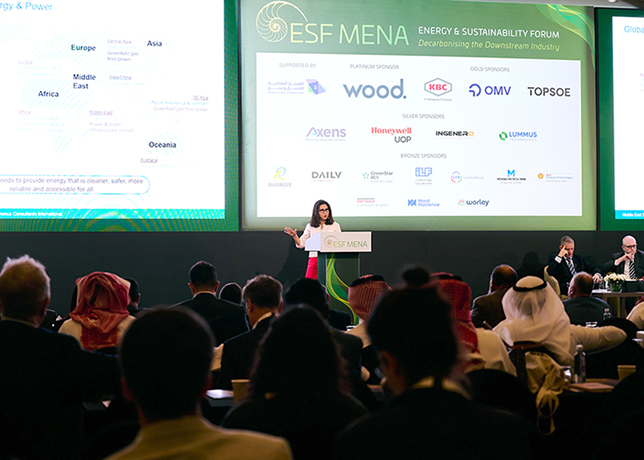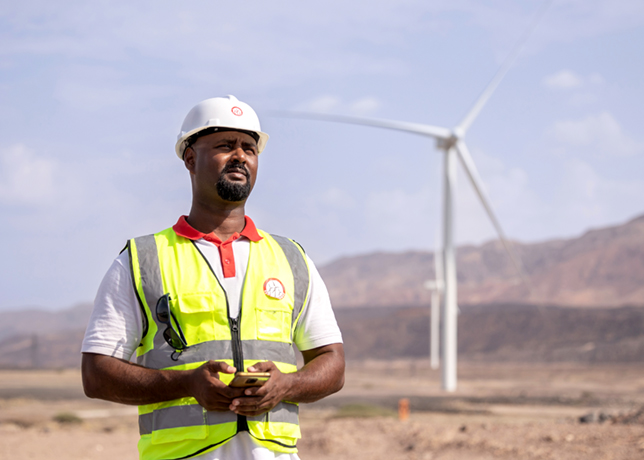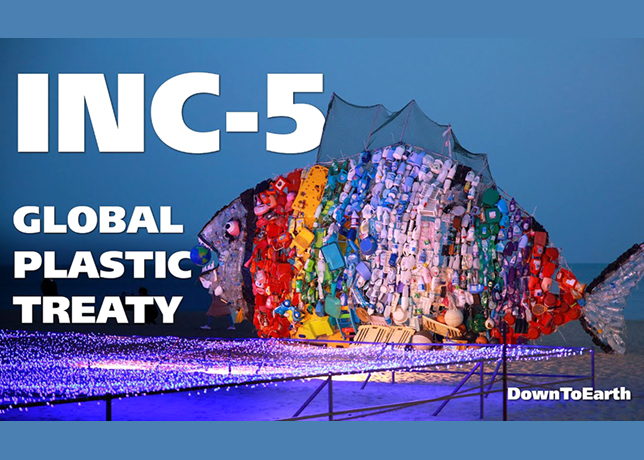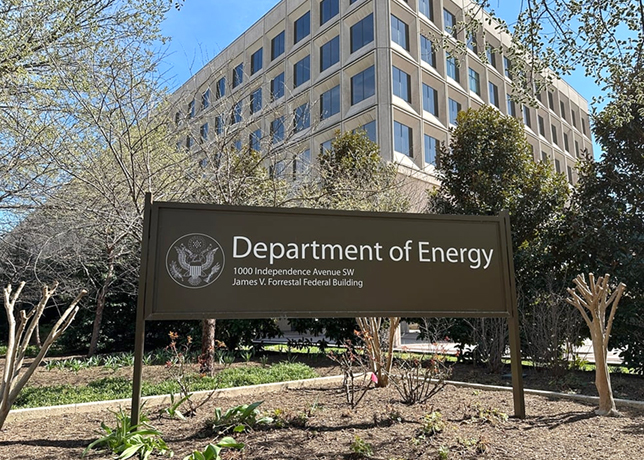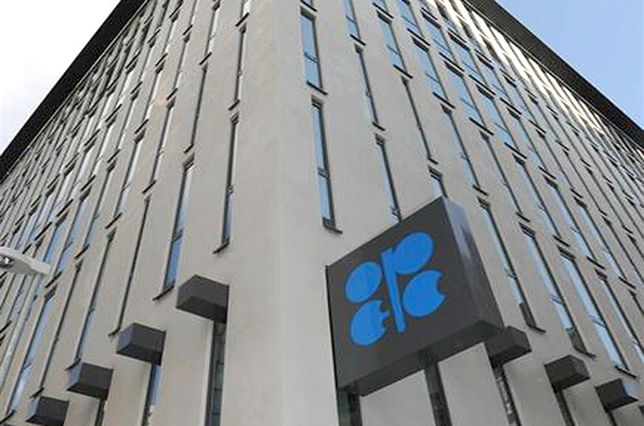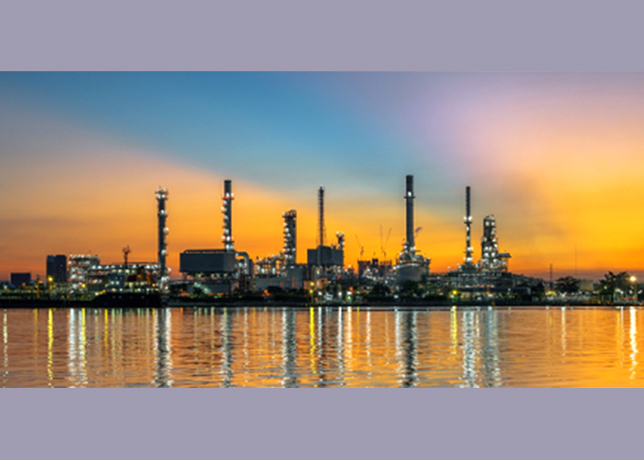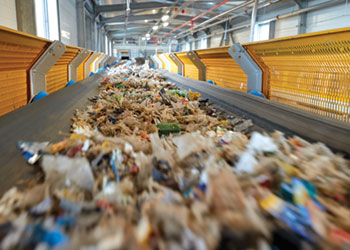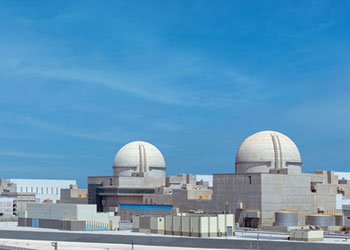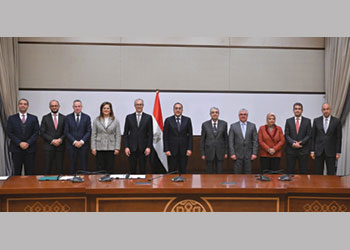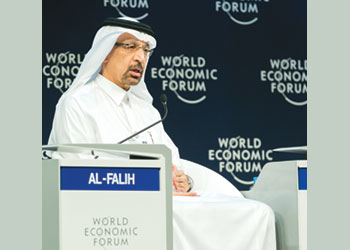
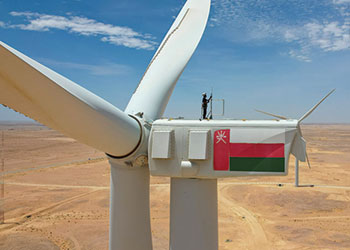 Hydrogen Oman (Hydrom) ... major investments
Hydrogen Oman (Hydrom) ... major investments
Oman's ambitious targets to expand local green hydrogen production could support key credit metrics, such as GDP, fiscal revenue and the balance of payments, over the long term against the backdrop of the global energy transition.
The government aims to raise renewable energy-based hydrogen production to, at least, one million metric tonnes (mt) annually year by 2030, rising to, at least, 3.25 million mt by 2040 and 7.5 million mt by 2050.
Local state-owned Hydrogen Oman (Hydrom) has signed six investment agreements, worth over $38 billion, with partners this year, according to Fitch Ratings.
Most projects focus on producing and exporting either hydrogen – in the form of ammonia – or steel.
According to Fitch, the main impact of the green hydrogen development plan in the near term is likely to be on investment, external metrics and employment.
The significant inflows of foreign direct investment would boost GDP, but the lift would be counterbalanced by rising imports for project delivery.
The top ratings agency estimates that in-country value-added requirements for these investments will support existing GDP and ancillary sectors.
The projects’ exports would support Oman’s current account balance, but this will be partly offset by external debt repayment and dividend payments to parent companies, stated the top ratings agency.
The sector’s activity would also boost GDP and employment. A large share of staffing needs would be sourced abroad, but producers will also be subject to employment targets for Omani nationals, it stated.
Fitch estimates that the royalty on 1 million metric tonne produced at current prices would be equal to about 0.7 per cent of Oman’s GDP this year.



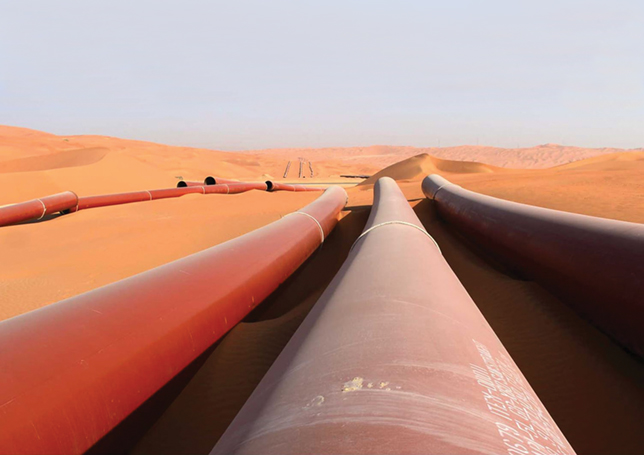












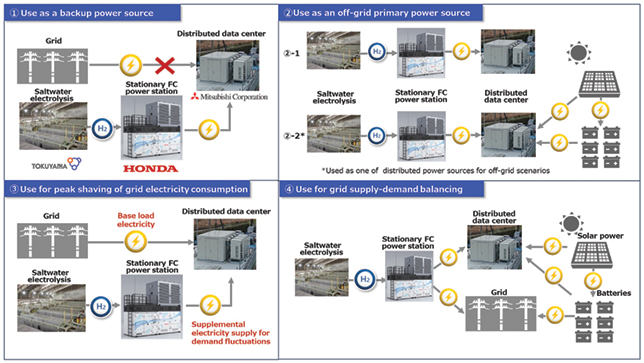





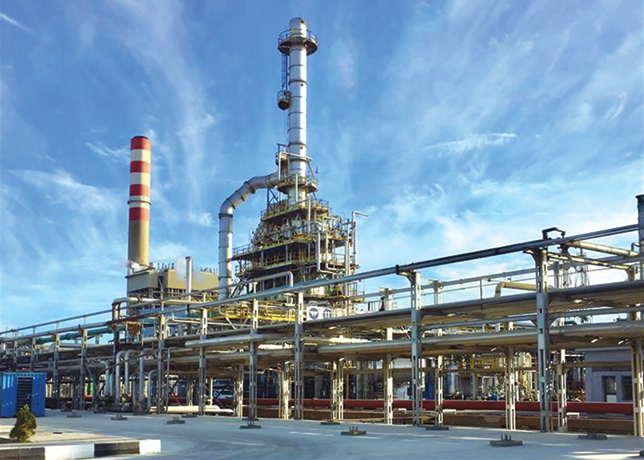


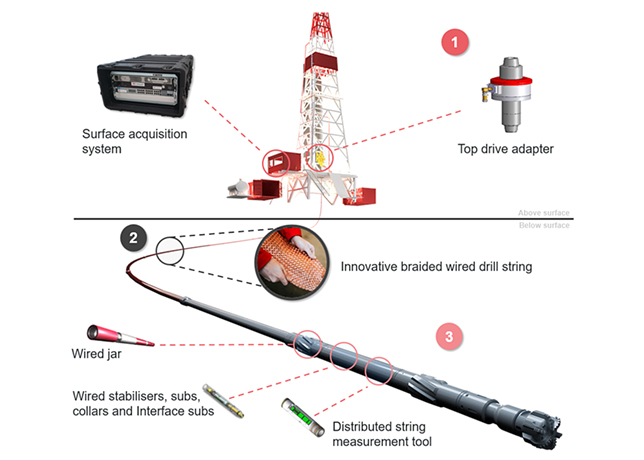

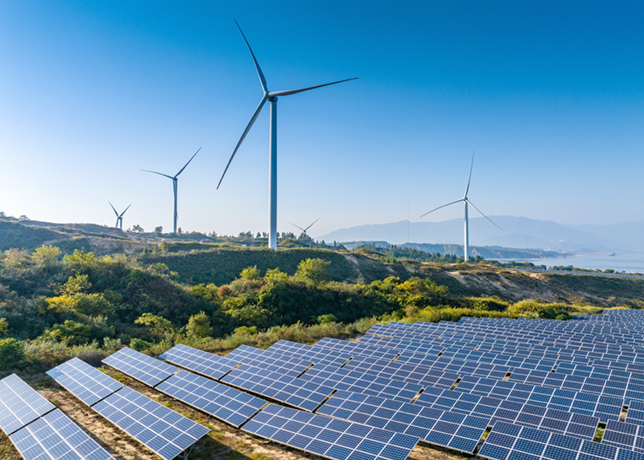




-is-one-of-the-world.jpg)



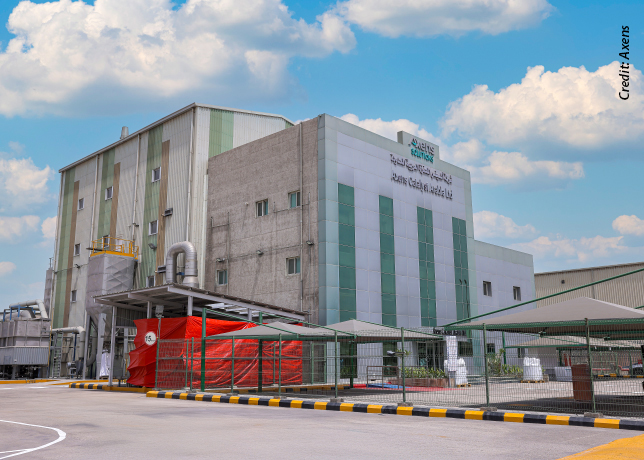


-(4)-caption-in-text.jpg)
